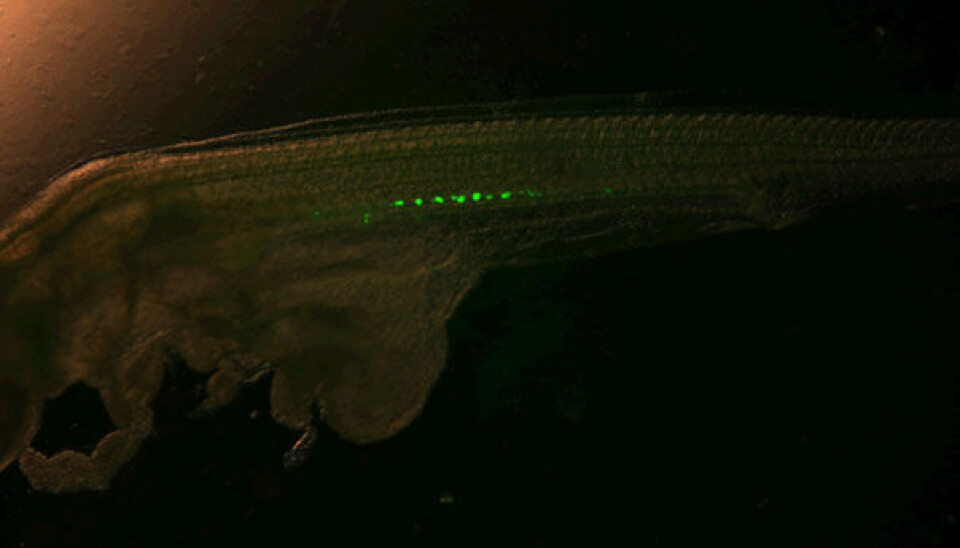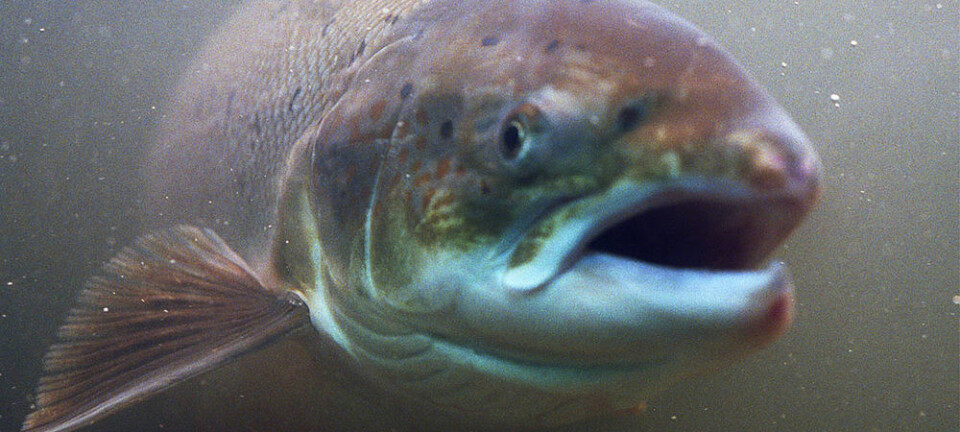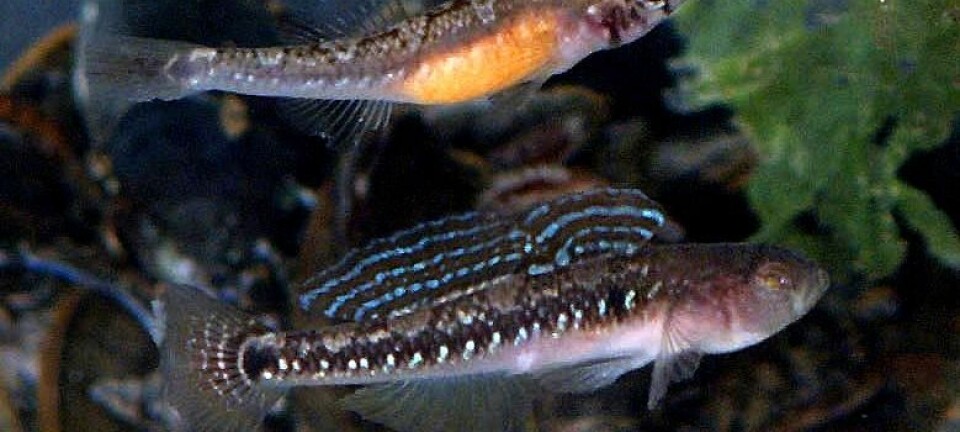
Creating sterile farmed fish
Fish spend a great deal of energy in sexual maturation and the aquaculture industry would like to avoid that by raising sterile fish. This would also prevent runaway farmed fish from mixing their genes with wild cousins. Norwegian researchers are on the case.
Denne artikkelen er over ti år gammel og kan inneholde utdatert informasjon.
Norway’s aquaculture industry has become huge and in 2011 the country sold over a million tonnes of farmed fish for a turnover exceeding €4 billion.
But the business is not without its problems such as efficiency and accidents where the fish flee their pens and swim into the ocean.
Øivind Andersen at the food, fisheries and aquaculture research institute Nofima in the town of Ås is researching ways of solving problems with early maturing – fish reaching sexual maturity prior to attaining their desired slaughter weight.
The new technique, which is still in its initial experimental stages, involves injecting antibodies into sexually mature female fish to prevent her offspring from maturing sexually.
Inferior meat after passing puberty
Andersen explains that the meat of adult fish goes downhill.

“The fish expend an enormous amount of energy developing gonads and after a while they also stop eating because they think they are on a journey to spawning grounds," he explains.
“Female fish fill up with roe, because they don’t get the stimuli they need to spawn.”
The industry is on the verge of solving this problem with regard to salmon. They have managed to raise fast-growing fish that reach slaughter weight prior to attaining sexual maturation.
The researcher says that marine biologists haven’t had such success with cod, despite all their efforts.
“As for cod, all the males and many of the females are sexually mature at age two, long before reaching slaughter weight. It’s really inefficient, giving them lots of feed that simply gets converted into developing gonads during their sexual maturation.”
Hunting for sterile fish
One of the techniques deployed has been to develop triploid fish. This means that the roe is subjected to a pressure shock so that the eggs get three pairs of chromosomes instead of the normal two.
This sterilises the female salmon but it doesn’t solve the problem with males.
Triploid salmon were developed as early as the 1960s but haven’t been raised for sale in Norway. The producers are afraid consumers won’t accept fish that have manipulated chromosomes.
The technique also causes deformations in many of the fish, but several countries, including Scotland, market triploid fish.
Vaccinating against sexual cells
Andersen is developing a new technique along with senior researcher Helge Tveiten, who works in Tromsø. The technique sterilises farmed fish by vaccinating those that are ready to spawn but before they release their roe.
This vaccine contains antibodies that hinder germ cells from developing into gonad cells, and the result is a sterile fish.
To date the researchers have injected antibodies into cod roe but this technique is of little use when it comes to practical aquaculture.
As you would expect, it takes a long time to inject anything into all the eggs of a fish and it must be done with the utmost caution.
But the antibodies can also be transferred from the mother fish to her roe, so that the next generation is sterile. The idea is to vaccinate the mother instead of each of her eggs.
“We’re attempting to develop specific antibodies which so far have been injected into salmon fry and triggering them to start producing these substances themselves,” says the researhcer.
“These fish do just fine and the response is there so now we’ll attempt to do it a generation earlier, so the mother fish can produce hundreds of thousands of sterile fish.”

































